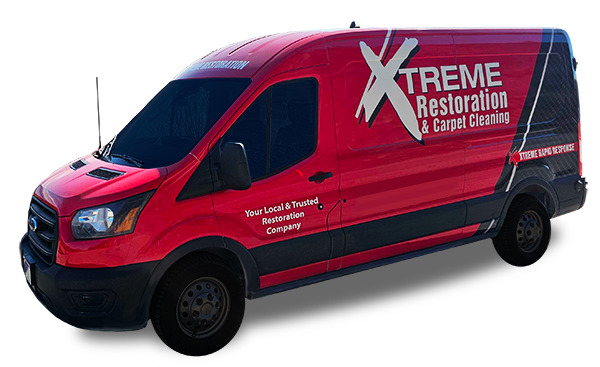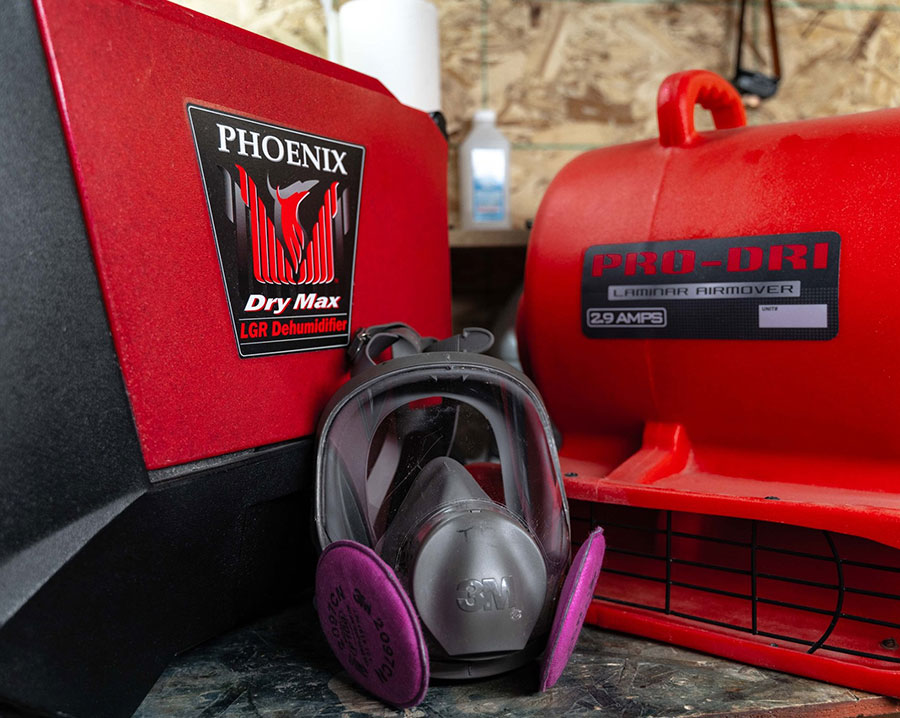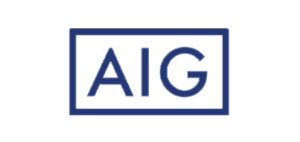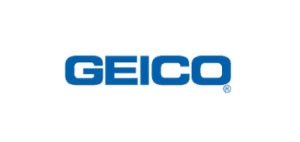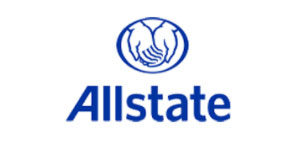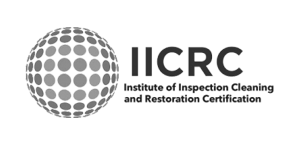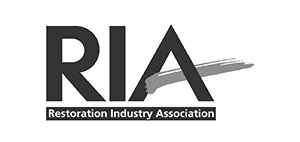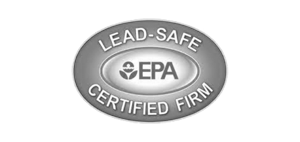Ever wondered what happens to untreated wastewater in our environment? The answer is sewage remediation. It’s a vital process that cleans up sewage, treats wastewater, and restores the environment to protect public health.
The Centers for Disease Control and Prevention (CDC) stresses the importance of dealing with sewage overflows. They highlight the serious health risks involved. The Environmental Protection Agency (EPA) also offers key guidelines on treating and disposing of wastewater. This is crucial for scenarios like industrial wastewater, sewage backups, and flood-contaminated water.
Professional environmental restoration companies have shown the real impact of their work. They protect communities and ecosystems through their efforts. Learn more about the importance of sewage remediation in environmental health services.
Understanding Sewage Remediation
Environmental remediation, especially sewage remediation, is key to keeping us and our planet safe. It helps prevent waterborne diseases and protects our environment. This ensures a healthy place for people and animals alike.
Untreated sewage can make our water dirty, which is bad for drinking. The World Health Organization (WHO) says not having proper sewage can spread diseases. So, quick and effective action is crucial to keep our communities safe.
Sewage spills also harm wildlife, affecting their homes and survival. The National Environmental Services Center (NESC) points out how important it is to fix these problems fast. They say we need to act now to protect our environment.
In short, knowing how bad untreated sewage is shows we need to act fast. We must fix these problems to keep our ecosystems and health safe for the future.
The Process of Sewage Remediation
The sewage remediation process involves several steps to ensure a thorough cleanup. It starts with an initial assessment to find out how bad the contamination is and where it is.
- Emergency Actions: First, we take quick steps to stop the sewage spill from getting worse. This might mean turning off water sources and locking down the affected area to prevent more damage.
- Contamination Assessment: Then, experts from places like the Occupational Safety and Health Administration (OSHA) do a detailed check of the contamination. They test for harmful pathogens, chemicals, and other dangerous elements to figure out what cleanup steps are needed.
- Waste Removal: Next, special tools and methods are used to get rid of solid waste and any standing water. This is a key part of waste management, making sure all dangerous materials are safely thrown away.
- Sanitization: After that, the area is cleaned thoroughly with disinfectants and treatments for microbes. This step makes sure no harmful germs are left behind, keeping the area safe from future contamination.
- Monitoring Post-Remediation: Finally, we keep a close eye on the area to see if the cleanup worked. We do regular tests and checks to make sure the area is clean and safe for use.
These steps ensure a careful and effective way to handle sewer emergencies. The cleanup and waste management are done with great care to keep everyone safe and follow health rules.
Types of Contaminants in Sewage
It’s important to know what’s in sewage to clean it up right. Sewage has three main types of pollutants: biological hazards, chemical contaminants, and physical waste. Each one needs a different cleaning method.
Biological hazards include harmful germs like bacteria, viruses, and parasites. These can make people very sick if not handled carefully. The Agency for Toxic Substances and Disease Registry (ATSDR) says these germs can cause many diseases in people who drink contaminated water.
Chemical contaminants come from many places, like factories, homes, and medicine. They can harm both the environment and people. A study warns about the dangers of medicines and tiny plastics in wastewater. It says we need to test and clean up these pollutants well.
Agricultural runoff also pollutes sewage, adding chemicals like pesticides and fertilizers. These can harm the environment and human health over time. Cleaning up these pollutants is key to keeping water safe.
Plastic and other solid waste in sewage can block waterways. These need to be physically removed. Testing for these pollutants is crucial to find the best ways to clean up.
Health and Safety Considerations in Sewage Remediation
Keeping workers and residents safe during sewage cleanup is crucial. The right protocols and tools are key to protecting them from harmful substances. Rules set by OSHA are vital for keeping everyone safe.
Wearing protective gear like gloves and full-body suits is a must. These items help prevent exposure to dangerous germs in sewage. OSHA says using the right personal protective equipment (PPE) is essential to avoid contact with harmful materials.
Training and safety programs are also important. Workers need to know how to use their gear and what to do in emergencies. Regular drills and ongoing education keep everyone ready and alert.
Community safety is another big concern during sewage cleanup. Health experts suggest clear communication to warn people about risks and how to stay safe. Planning and monitoring work closely helps reduce risks and keeps public health safe.
In summary, health and safety are top priorities in sewage cleanup. Following rules, using the right PPE, and training programs help keep everyone safe.
Key Benefits of Sewage Remediation
Sewage remediation is key for long-term benefits. It protects water sources from harmful contaminants. This ensures water bodies stay clean, helping aquatic life and the environment.
It also keeps communities safe from waterborne diseases. This is especially important in crowded cities where risks are higher. By stopping disease spread, sewage remediation improves public health.
There are also big savings for cities. The Environmental Protection Agency (EPA) found that early action saves money. It avoids costly damages and legal issues later on.
Effective sewage remediation also helps nature. Studies show areas get better after remediation. They become home to more plants and animals, creating a healthy ecosystem.
In short, sewage remediation is vital. It protects health, benefits the environment, supports nature, and saves money. These reasons show why good sewage management is crucial.
Technologies and Methods in Sewage Remediation
The field of sewage remediation has made big strides. New cleanup solutions and wastewater treatment methods have been developed. These advancements have improved traditional cleanup techniques.
Nanotechnology in wastewater treatment is showing great promise. It can remove contaminants at a very small scale. This is a big step forward in cleaning up sewage.
Bioremediation is another key technology. It uses natural processes to break down pollutants. Different bioremediation agents have been tested for their effectiveness. They can turn harmful substances into safer forms.
Advanced filtration systems are also important. They include multi-stage filters and membrane bioreactors. These systems can purify large amounts of wastewater. They make sure the water is clean and safe.
Many case studies show how well these technologies work. An industry report talks about how cities are using these new methods. It shows they are practical and cost-effective. Research is ongoing to make these methods even better.
In short, new technologies are changing sewage remediation. They help remove contaminants and make water safer. These advancements are key to a sustainable future.
Conclusion
Sewage remediation is key for public health and the environment. It involves understanding contaminants and health risks. This shows that managing sewage well is a big job.
Responsible practices lower the dangers of untreated sewage. This makes our communities safer and stronger.
New technologies and methods are always coming up in sewage remediation. This is important for tackling new waste management challenges. Investing in these technologies and keeping safety standards high is crucial.
By improving our sewage remediation skills, we help the planet. This makes our world a healthier place.
Regular maintenance and community awareness are also crucial. The United Nations Environment Programme points out the need for strong sewage systems. Editorials talk about the future of these practices and the need for better policies.
Environmental groups push for better sewage rules. They remind us all of our duty to protect the environment.
In short, we must keep improving sewage management. This is vital for our environment and health. Let’s work together for a better future.
